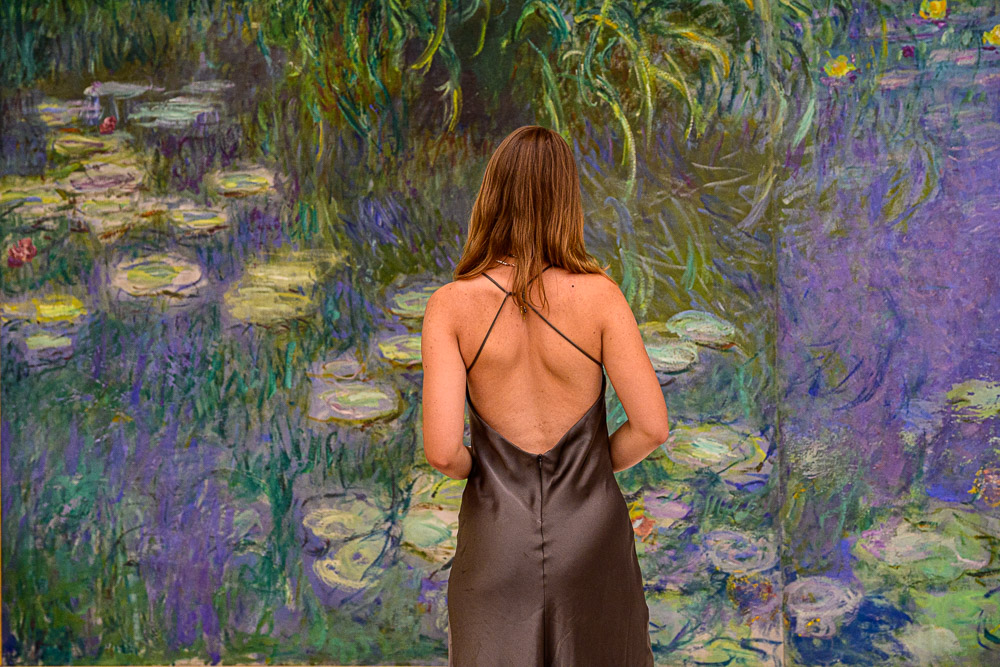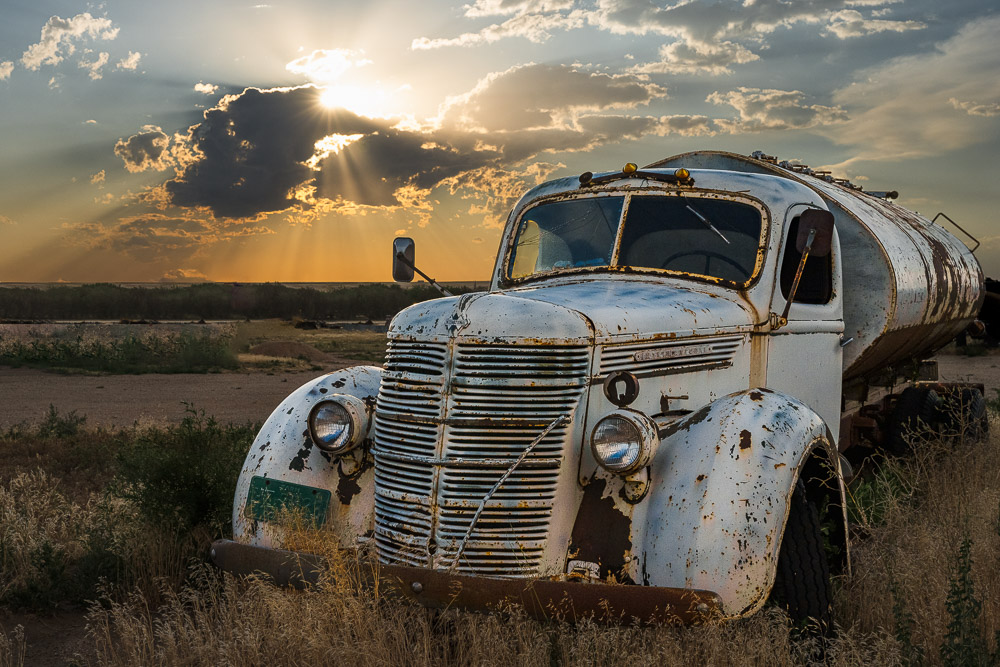As photographers, we often obsess over image quality. The highest resolution, the sharpest focus, the best light, the best composition. All these things are important, but is that really what defines image quality?
Technical perfection
Photography is more closely tied to technology than most other 2-dimensional art forms. Our cameras embody sophisticated technology. Our editing tools are leading edge, sometimes AI driven.
The field seems obsessed with specifications and details. What is the MTF of this lens? Does this sensor have 14 bits of dynamic range or only 12? Should I go to a 100 MPixel medium format system to be a better photographer?
I have chased all of this at times, and I still have that tendency. A couple of times recently I have gone through the specs and lens choices for medium format, longing for a move up to the “better” gear.
Underlying all this is the belief that better technology will give us better image quality. But a more technically perfect image is not necessarily a better one.
 ©Ed Schlotzhauer
©Ed Schlotzhauer
Composition rules
The visual arts seem to accumulate a large set of rules meant to guide our work. These are generally sound principles, based on long history of practice and evaluation. Most of them are good, except for the “rule” part.
The “rule of thirds”, for instance, helps balance compositions and give some dynamic life to an image. Same for rules like leading lines or diagonals or don’t center the subject. All are good advice to keep in mind. The problem comes when it becomes an absolute rule. When a gallery or a photo club judge rejects our photo because it did not conform to one of the standard composition rules, then we are in the wrong place.
Know and use the rules, and understand that you can freely “break” them whenever you feel you need to. Guidance like these “rules” are good general advice. But general advice does not apply to each individual case. You are the artist. Your decisions create the image. Trust your intuition.
 ©Ed Schlotzhauer
©Ed Schlotzhauer
Work the scene
Other advice I have heard recently is to work the scene to develop it into the best shot. We are counseled to take many exposures from different angles and maybe with different lenses, with the objective that by shooting all this variety, one of the shots will be “best”.
It is probably true that one will be best, but is this the best, or only way, to get there? Let’s work through a scenario. Say I am there with lenses of 24mm, 35mm, 50mm, 70mm, 100mm, and 200mm (full frame equivalent). Let’s further say that that I have access to shoot front left from ground level, center above ground level, front right at eye level, and rear center at ground level. Just those individual choices give 24 shots to take. Then throw in bracketing for aperture and exposure and composition and that gives possibly hundreds of shots. For one scene.
It is true that if you do that, you may occasionally be surprised by the one you select as best. It is a great learning exercise if you are developing your style and vision. And a good exercise to go through occasionally to check yourself.
But I generally know what I want. I have the experience of shooting and viewing hundreds of thousands of images. My preferences are established, but flexible. That is, I experiment frequently so as not to fall into a rut. But I do not need to shoot hundreds of frames of one scene to get to what I would consider “best”.
And ever worse, I fear that blindly following this “work the scene” advice will lead to the best possible shot of a mediocre scene. Meanwhile, we miss the better, more imaginative, more creative scene because we were over-concentrating on one thing. I prefer to use my judgment to frame the best shot and go on to find the next, even better one.
 ©Ed Schlotzhauer
©Ed Schlotzhauer
Disappointment?
I have done all of these. For years I chased technical perfection. During my time in a camera club, I faithfully followed the composition rules. I shamefully confess that as a judge I criticized some images for not following the rules. And at times I have ended up with piles of images bracketing one scene to insensibility. Usually with the result that I kept one of the first ones I shot and threw the rest away.
Many of these efforts led to technically good images that are lifeless and disappointing. They do not capture my reaction or relationship to the scene. There is no depth of insight. Only a very small fraction are printed and hanging on my wall now.
I have had to completely rethink what “image quality” means.
Image quality
These observations are strictly my personal judgments. I have no authority over your artistic values. As artists, we each should come to our own conclusions.
I have seen that many of the famous photos and paintings in history are not technically perfect. But something about them elevates them above the crowd. What is that? I know I have images shot with inferior cameras with cheap lenses that are “better” than many taken with much better cameras. This makes me wonder what image quality really means.
Now days, we are inundated with images. Most are adequately sharp and well exposed. What makes one stand out among those trillions of bits of noise?
We must reevaluate what it means to be a good image. It is no longer the obscurity of the location or the difficulty of the shot or the perfect composition or the sharp detail. None of those are enough, by themselves, to make an outstanding shot. In a Substack article, Lee Anne White said: “There are always photographs that are technically solid, but missing that something extra“. Ah, that something extra is so hard to describe.
Photography is a craft as well as an art. We must strive to do an excellent job of technical perfection, composition, etc. But those things are not the something extra that make an outstanding image.
 ©Ed Schlotzhauer
©Ed Schlotzhauer
Something extra
In the crowded and noisy world of images, it seems that what we look to now is an emotional attachment. Something must touch us personally. To do that, it generally had to touch the artist, too. We must be able to let our emotional reaction to the scene come through our image.
Maybe this is what Cartier-Bresson meant by the decisive moment. Perhaps this is what Jay Maisel means by the gesture of something. Either way, an idea is that the subject is expressing something. We must be in sync with it and ready and able to capture the best expression of that.
These instances sometimes happen in a fleeting moment. Perhaps we can anticipate them and be setup and prepared. Sometimes it is a singular event, and we have one shot at it. But either way, we must recognize and react. We must understand what is happening and be mentally and physically prepared to capture it.
And being prepared involves understanding our emotional involvement with what it is. We must recognize when that gesture is best expressed to us, and pounce on it.
Of course, images do not have to be of a fleeting moment to be good and express an amazing gesture. There are those that are static scenes, where you can linger over it to wait for the right light or weather.
Still, what the viewer relates to is your feeling about it. Why did you take this picture? Why did you select it out of all the others?
Paraphrasing Jay Maisel: “If the thing you’re shooting doesn’t excite you, what makes you think it will excite anyone else?”
If an image meant something special to me, and I can capture that and make you feel what I felt, then there is a chance the image is meaningful to you, too. That it embodies the “something extra.” Isn’t this what image quality is about?


Leave a Reply